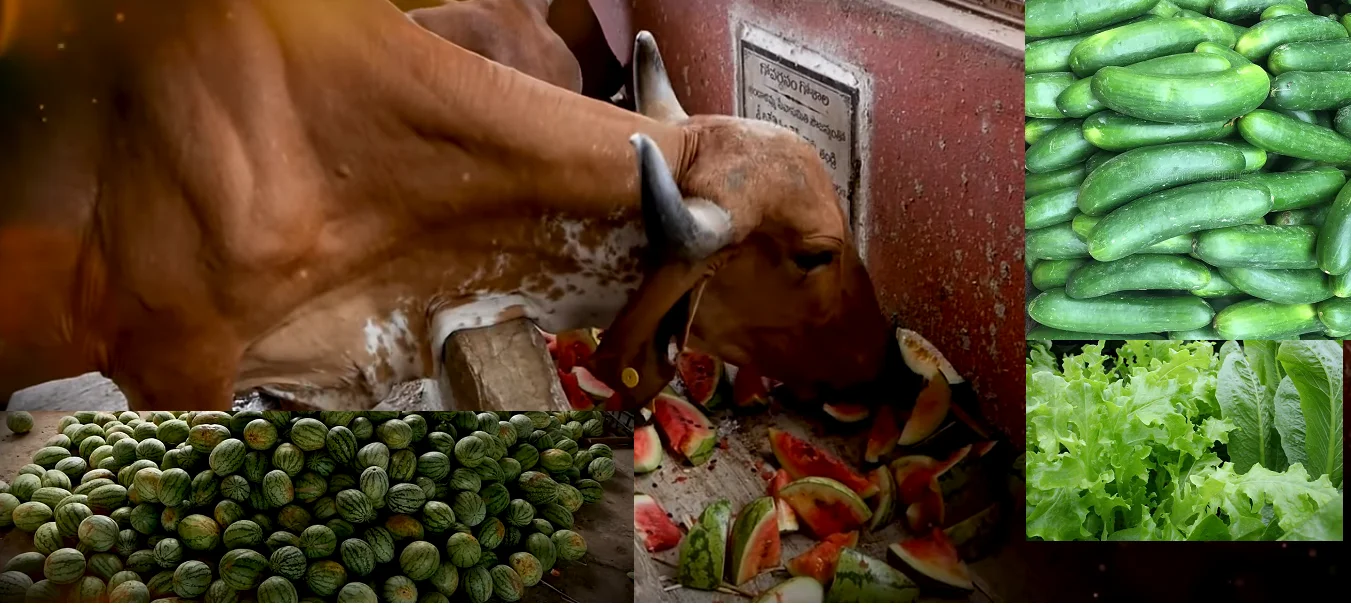Historical Diet of Gaumatas :-
In ancient times, cows had access to diverse and lush green forests and grasslands. These natural environments provided them with a wide array of plant-based foods, including grass, plant stems, roots, and more.
Cows, being herbivores with specialized digestive systems, could efficiently convert these plant materials into milk, making the nutrients contained in these plants indirectly available to humans through cow's milk.
Medicinal Plants and Intuition :-
The passage also suggests that cows had an intuitive ability to select plants with medicinal values from the grazing fields. This behavior is consistent with the idea that animals, through their instincts, can sometimes choose plants that help maintain their health.
Dependence on Purchased Foods :-
In today's scenario, farmers and dairy owners often need to purchase supplemental foods for their cows because natural grazing areas are limited or insufficient.
Even in cases where cows are considered "grass-fed," the variety and quality of the available grazing fields may not be optimal.


The historical interdependence between cows and humans, where cows played a crucial role in providing nutrient-rich milk from plants humans couldn't digest directly.
The impact of modernization and environmental changes on the diets and well-being of cows, highlighting the need for sustainable practices to ensure their health and productivity.
The recognition of the importance of maintaining access to diverse and natural grazing fields for cows to ensure their nutrition and overall welfare.
